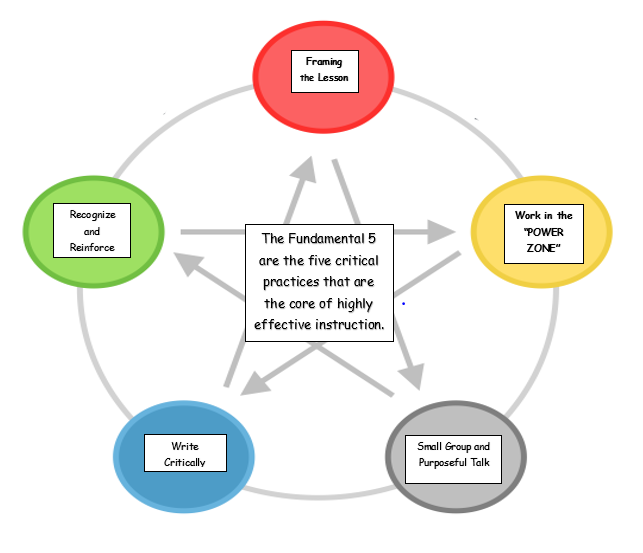- Home
- About
- Blog
- Photos
- AR Summaries
- Year 1
- AR Showcase 2024 – Cohort 11
- Communication
- Energy Enhancers
- Goal Setting
- Managing Stress and Distress
- Mapping My Day
- Meeting My Needs
- Reflection
- Time on Task
- AR Showcase 2020 – Cohort 7
- AR Showcase 2019 – Cohort 6
- AR Showcase 2018 – Cohort 5
- AR Showcase 2017 – Cohort 4
- AR Showcase 2016 – Cohort 3
- AR Showcase 2015 – Cohort 2
- Year 2
- AR Showcase of Schools 2020 – Cohort 6
- AR Showcase of Schools 2019 – Cohort 5
- AR Showcase of Schools 2018 – Cohort 4
- AR Showcase of Schools 2017 – Cohort 3
- AR Showcase of Schools Program 2017 – Cohort 3
- Building a Positive Collaborative Culture
- Creating an Instructional Model
- Implementing Character Education Behavior Programs
- Implementing Teacher Instructional Growth Goals
- Improving Communication
- Instructional Rounds/Walkthroughs
- Restructuring Meeting Time to Improve Teacher PD
- Other
- AR Showcase of Schools 2016 – Cohort 2
- Year 1
- Merchandise
- IPLI Extended
- Cohort 13 Applications
15
SEP
2022
How a Simple Book Study Can Lead to Quality Instruction!
By Jaime Carroll, IPLI Mentor, Principal at Wayne Center Elementary School
One of the growth mindset movement outcomes is a dedicated focus on quality, effective instruction, and student engagement. Schools are recognizing that teaching the standards requires purposeful instruction. This is an exciting and refreshing movement away from more traditional teaching methods. Schools should plan for instruction that combines higher standards’ rigor with a pedagogy that excites young learners.
In the book, The Fundamental Five, Shawn Cain and Mike Laird identified the formula for quality education. Research has proven that the most critical factor impacting student learning is the teacher, so empowering them to be as effective as possible improves education. They noted that five essential practices are at the core of highly effective instruction.
- The teacher frames each lesson
- The teacher works in the Power Zone
- Students write critically
- The teacher implements frequent small groups, and purposeful talk is evident
- Students are recognized, and positive behavior is reinforced
Framing the lesson means having the teacher give a clear and concise picture of what’s happening during class and what students are doing with the new knowledge. Known as the objective or learning target, it starts with SWBAT or Students Will Be Able To…., and then an observable action is inserted. If the objective for the day is reviewing the three branches of government, the closing product or task might be to complete a sort of duties that each branch is responsible for.
The second fundamental practice is being in the Power Zone, which means that teachers use their physical proximity to manage behavior. Monitoring students by circulating amongst the class enhances instructional practices because on-task behavior increases, discipline issues decrease, and student retention of the content increases. Research states that the least effective position to deliver instruction is teachers seated at desks. The lecture position in front of the room for content delivery is moderately successful. The most effective teacher position is the Power Zone, which puts teachers right in the middle of the class, monitoring group work.
The Power Zone proximity helps teachers connect with students personally and build rapport. It also provides clarification and allows teachers to give immediate feedback, which can help them differentiate instruction to meet the needs of all learners.
The third fundamental practice is to recognize and reinforce desired student behaviors. Recognition helps motivate students. Supporting work habits that display effort helps enhance production and student performance. Descriptive and focused praise is impactful for the student receiving it and others who hear it. Teachers target desired student behaviors and need to be specific about recognizing and reinforcing them.
Implementing frequent small and purposeful talk about the learning is the fourth fundamental practice. Students of all ages prefer active knowledge over passive learning activities. After about 10-15 minutes of teacher-directed input or reading of a text, pairs of students or small groups should discuss a higher-order question related to the instructional activity. Students prefer peer interactions. Chunking learning into smaller parts and adding academic conversations helps students understand the new content. As teachers monitor these conversations, they can check for understanding and help clarify questions that students have.
The beginning and ends of lessons tend to have more student engagement. Students tend to lose focus in the middle. Teachers need to offer opportunities to reset their attention spans. A student’s brain alertness is enhanced with frequent starts and stops and changes in state, such as physical activity, so get students up to find a partner, summarize recent input, and stay attentive. Planning discussion questions helps keep them open-ended with higher rigor.
Writing critically is the last of Cain and Laird’s five fundamental practices. The more students write the more they remember. Writing refines their thinking and makes it tangible and visible. This does not mean copying from the text, lecture slides, or filling in the blank. Having students create a mind map, and use a graphic organizer, summary, exit ticket, or an essay are better options.
Teachers naturally want their students to be engaged in the instruction they provide. They want their students to be absorbed in the learning process because their instincts tell them it supports long-term understanding. Using the five fundamental practices can increase teacher effectiveness with enhanced student engagement and achievement.
Below is a visual image of the Fundamental 5 for reference.

